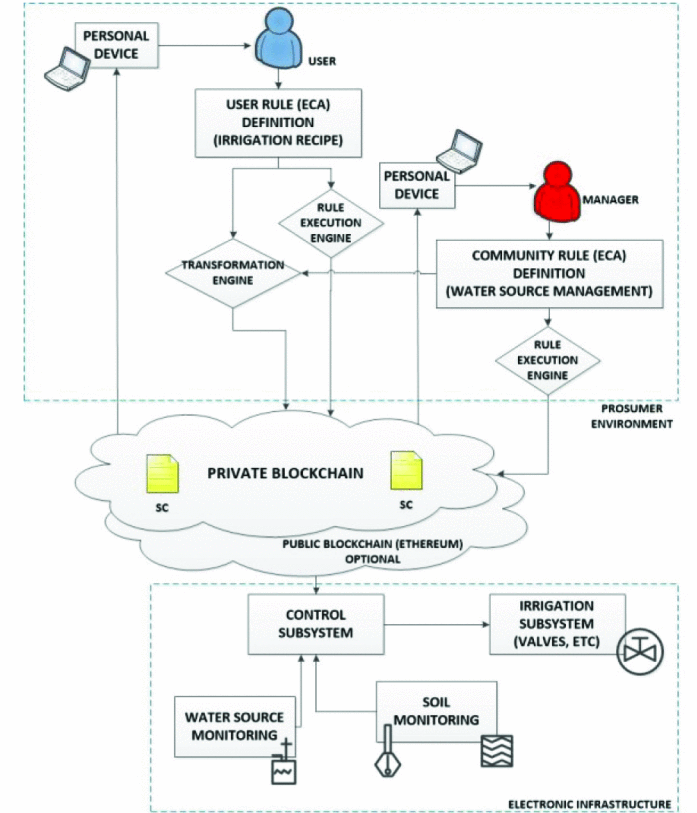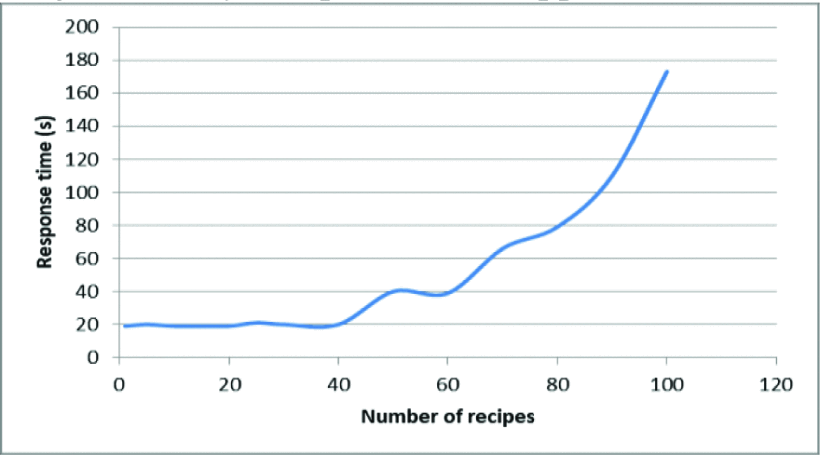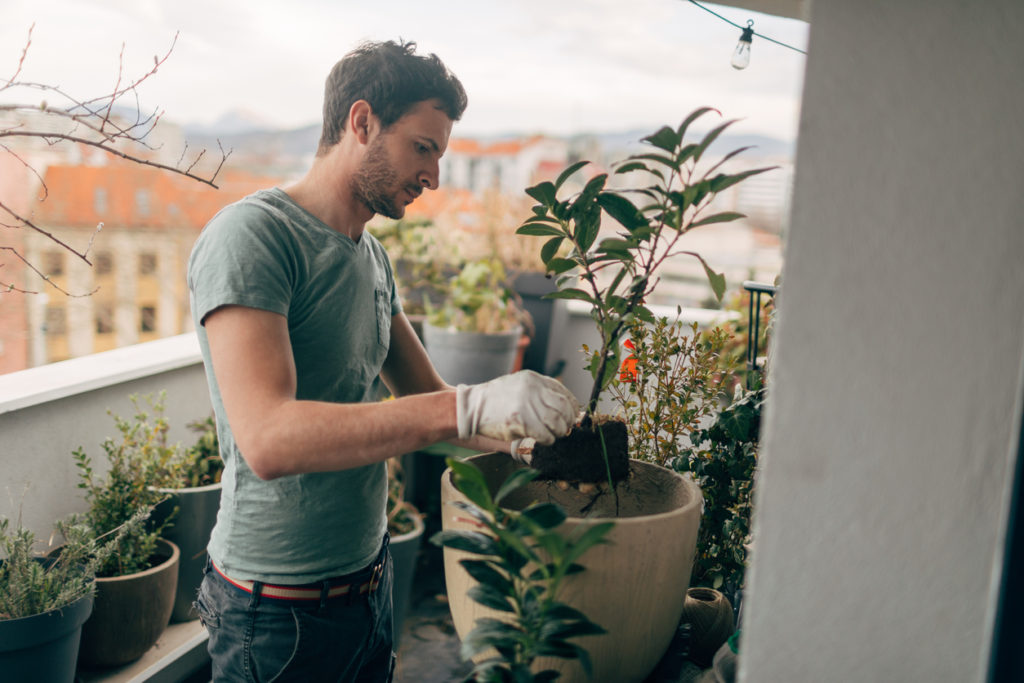Rural communities are often built on agriculture and livestock. That means they’re also dependent upon a strong irrigation system – a potential weakness as the global water crisis grows. To more efficiently manage and coordinate the use of a scarce water supply in agricultural communities, a team from the Polytechnic University of Madrid proposed a blockchain-based automatic water control system.
“We investigated how blockchain technologies can be used to solve the problem of user competition for scarce resources in communities,” said Borja Bordel, the project’s lead investigator. “We particularize the problem to the irrigation communities, where independent users must trust a system that automates a fair and trustworthy distribution of the available water resources, according to an individual quota set by the community and the consumption forecasts of its users.”
Rules are paramount for the proposed system and must be established upfront by the community of users. In a prosumer environment, users establish regulations for their individual and community water quotas. Those regulations are then taken by a transformation engine and are built, compiled, and deployed. A simple infrastructure of common valves and pumps are complemented by interactive electronic devices and allow a SmartContract to oversee decision-making and control algorithms, as well as the state of the water sources.
The water itself is held in a tank and measured using popular commercial systems. No known proposal for an irrigation community of individual users has been made with these systems, meaning the systems needed to be altered for more control and trust.
The architecture of the proposed system consists of three main parts: the mobile prosumer environment, the blockchain networks, and the electronic infrastructure for control and measurement. An illustration of the architecture can be seen below in Figure 1.

Figure 1: Architecture of Proposed Water Control System
- In the prosumer environment, users can define rules and create irrigation scenarios. Managers (those who represent the community) can also create general
management rules with a higher ranking to keep water sources in the best possible state. To inform users and managers about important events, personal mobile devices can receive
updates from the SmartContract. - A private blockchain network is used to guarantee blocks can be mined fast and efficiently. If more visible trust is needed, a summary of the system evolution can also be stored in a public blockchain network periodically.
- SmartContracts are also connected to the electronic infrastructure. It contains a control subsystem that receives direct orders and delegated irrigation scenarios to be executed automatically. In order to perform, control, and execute recipes, the control subsystem collects information about the soil situation and the water source state.
To test the proposed system, the team implemented a prototype. The main function the team wanted to test was response time, and as can be seen in Figure 2, response time was very consistent with up to 40 irrigation scenarios being executed. Considering the environment in which the system needs to work, the team believes the response times were acceptable.

Figure 2: Prototype Response Times
Only one prototype was tested in a lab environment, so there’s certainly more research to be done. However, the team was able to prove that a blockchain-based water control system can be a trustworthy solution for irrigation communities battling a scarce water supply. Moving forward, they will continue to refine their system and determine how it can best be scaled.
“Solutions for the sharing of resources among the various users of a community are being implemented and added to our proposal,” said Bordel. “In particular, a system for the transfer of water consumption rights between neighbors grants bonuses and gratuities that can be used later to exceed the quota of water consumption for specific needs. The blockchain technology is very effective in the exchange of irrigation rights between users.”
For more information on blockchain, visit the IEEE Xplore Digital Library.





